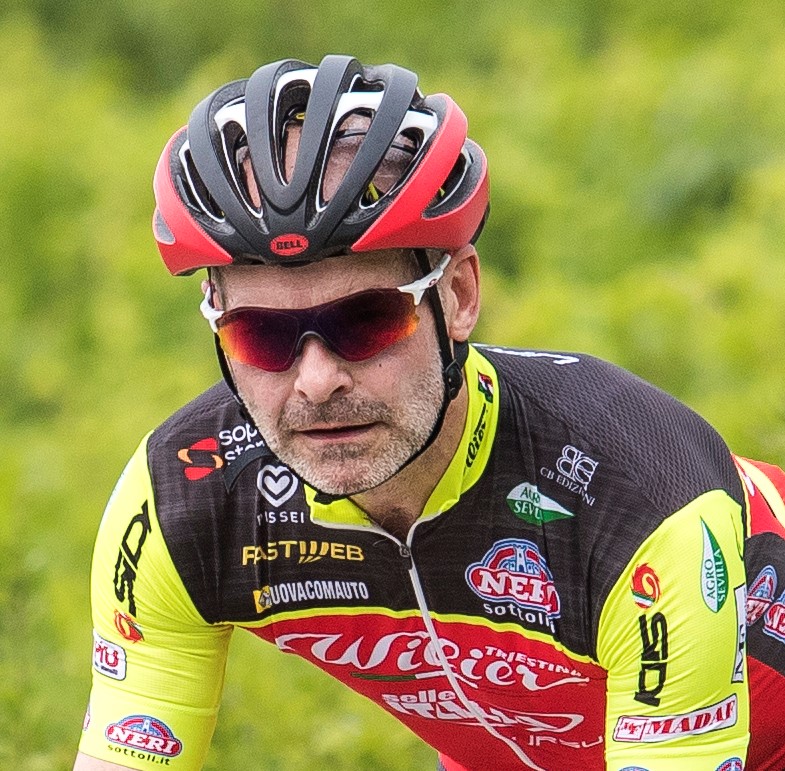Paris-Roubaix has been a showcase for some radical – and frankly strange – tech over the years, as teams, riders and bike makers looked to conquer the cobbles and gain some free publicity at the same time.
While cobble-smoothing innovations have come and gone, more recent editions of the race have been won on fairly 'regular' bikes. Compliant carbon frames, disc brakes and wider tyres have made the Hell of the North more bearable, while aerodynamics and rolling resistance have become the driving forces for marginal gains.
Nevertheless, a crop of innovations still appears each year, with self-inflating tyres probably the most eye-popping recent tech to be used.
Here’s our guide to the most notable cobble-taming tech that’s reared its head at Paris-Roubaix over the years.
Suspension forks
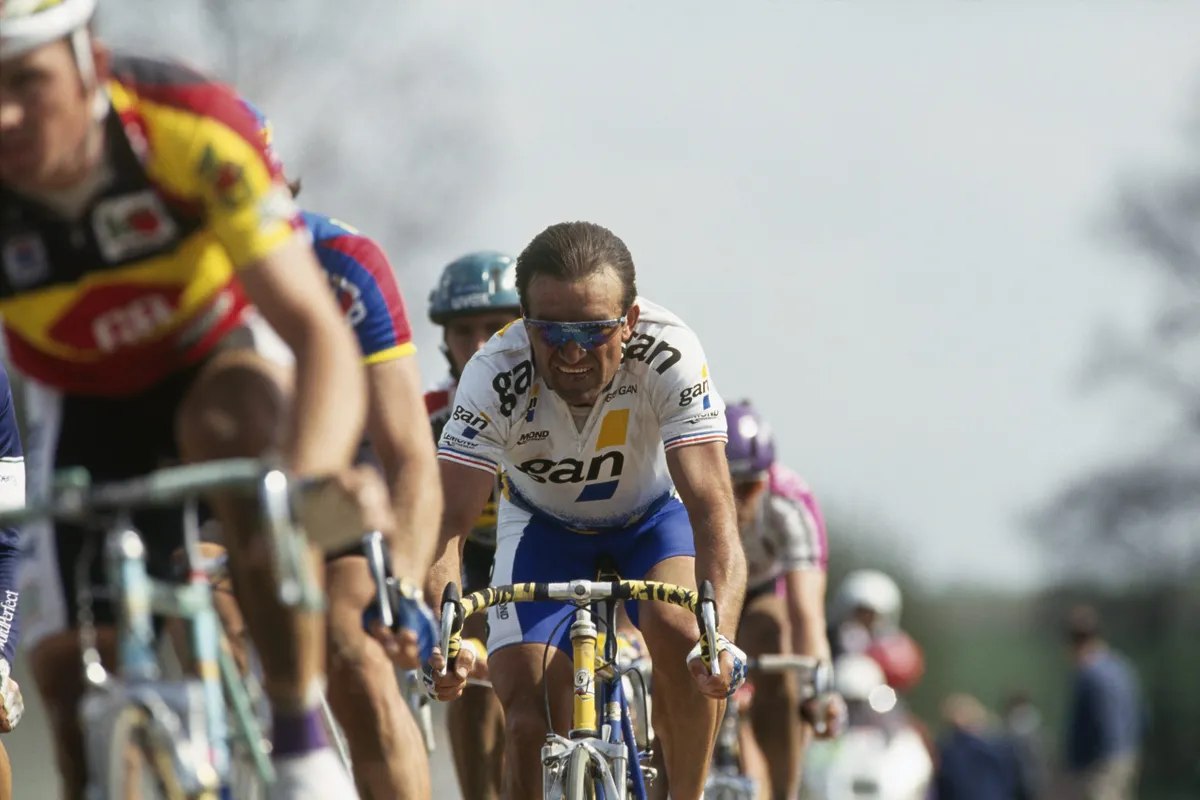
In 1991, Gilbert Duclos-Lasalle and Greg LeMond rode Roubaix with RockShox’s 30mm-travel suspension fork. Duclos-Lasalle won the 1992 and 1993 editions with front suspension and there was a suspension fork on Andrei Tchmil’s 1994 winning bike too.
Ultimately, the extra weight and the need to engineer the bike for the one race resulted in suspension forks losing favour.
But with gravel suspension on the rise, and gravel tech increasingly influencing tech choices at the Spring Classics, we wouldn’t bet our houses on having seen the last of it at Roubaix.
Verdict: A success and due a return.
Frame suspension

Bianchi went full-sus for Belgian icon Johan Museeuw in 1994, with a suspension fork paired with an alloy frame with a single-pivot rear triangle and coil spring. It didn’t go well, with the driveside chainstay fracturing with 24km to the finish.
Museeuw came back to win in 1996, 2000 and 2002, although without suspension.
Verdict: A fail.
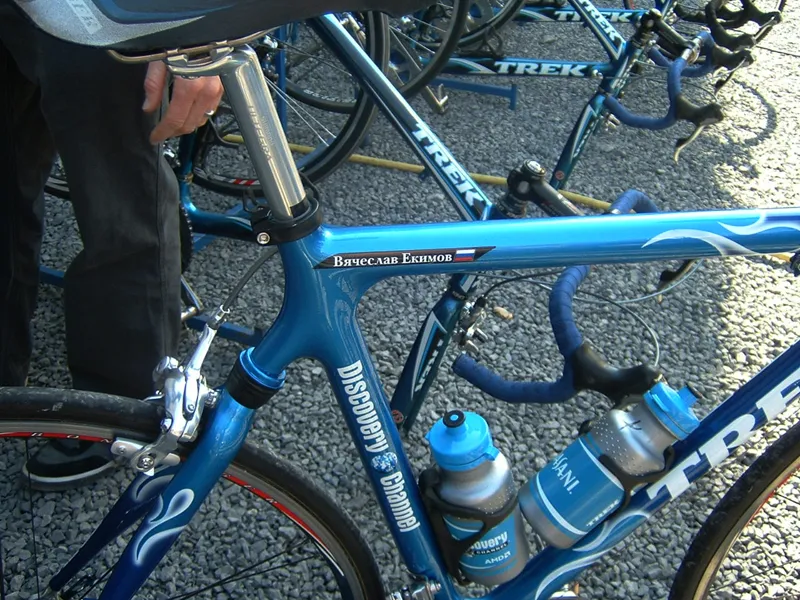
Frame suspension has made a few attempts at a comeback since, with Trek including a urethane shock block in the seatstays of its frames for the 2003 race, providing 31mm of vertical compliance.
Verdict: A success. Trek’s bike was ridden to second in the 2005 race by George Hincapie.
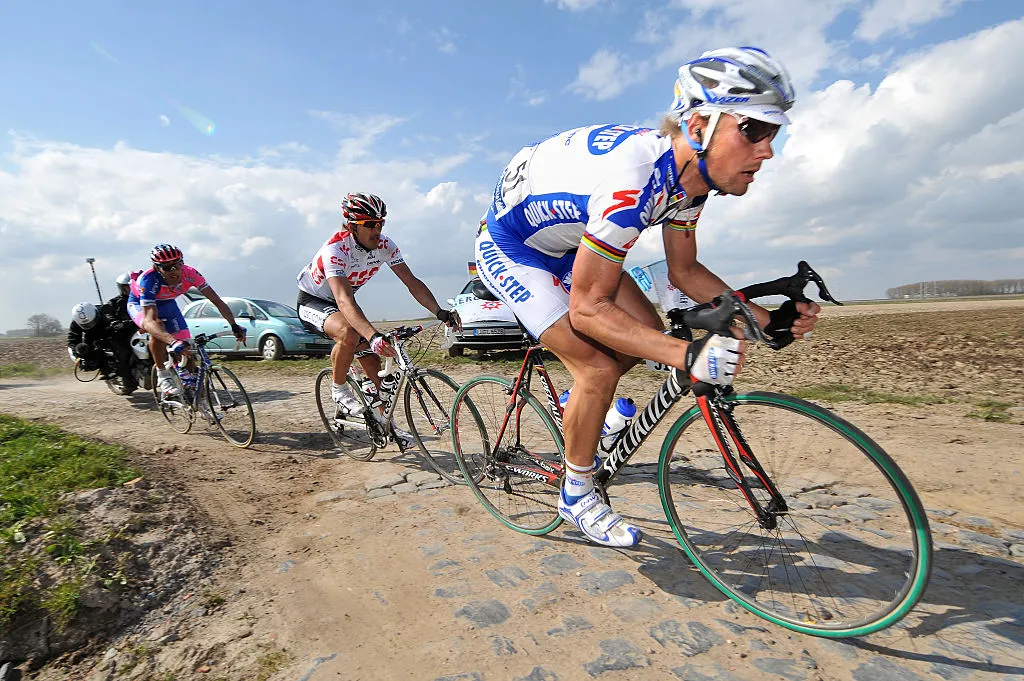
The first-generation Specialized Roubaix included the brand’s Zertz elastomers in the seatstays and fork blades, designed to reduce vibrations. While more recent Specialized Roubaix frames have switched to the Future Shock/After Shock suspension system, they've continued to rack up wins.
Verdict: A success, with Tom Boonen winning on a Zertz-equipped Specialized Roubaix in 2008 and 2009, and Fabian Cancellara in 2010
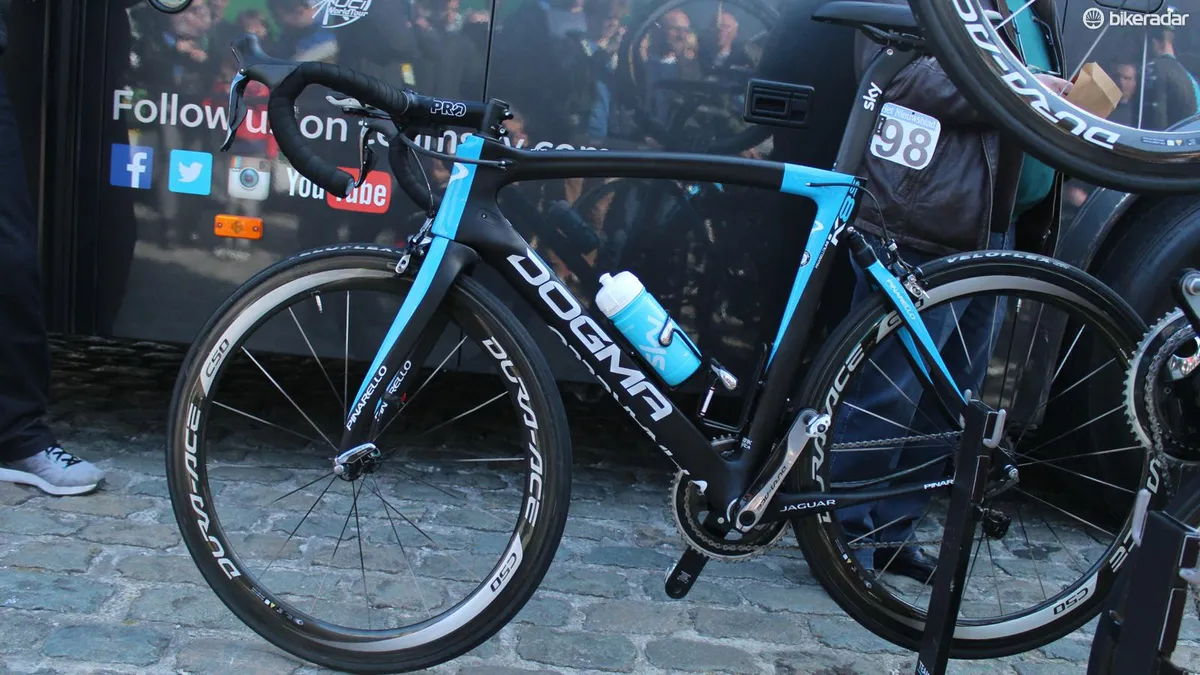
More suspension was on show with the Pinarello Dogma K8-S, used by the then Team Sky at the 2015 race and the Pinarello Dogma FS, at the 2019 race. The K8-S had an elastomer rear-suspension unit with 10mm of travel, while the FS offered 20mm of front and 11mm of rear travel via an electronic system that at the rear could self-lockout on smoother surfaces.
Verdict: A fail. The Dogma FS was complex, heavy and expensive and lasted for only one edition. When Ineos Grenadiers won the race in 2022, it was on a standard Dogma F.
Cyclocross bikes
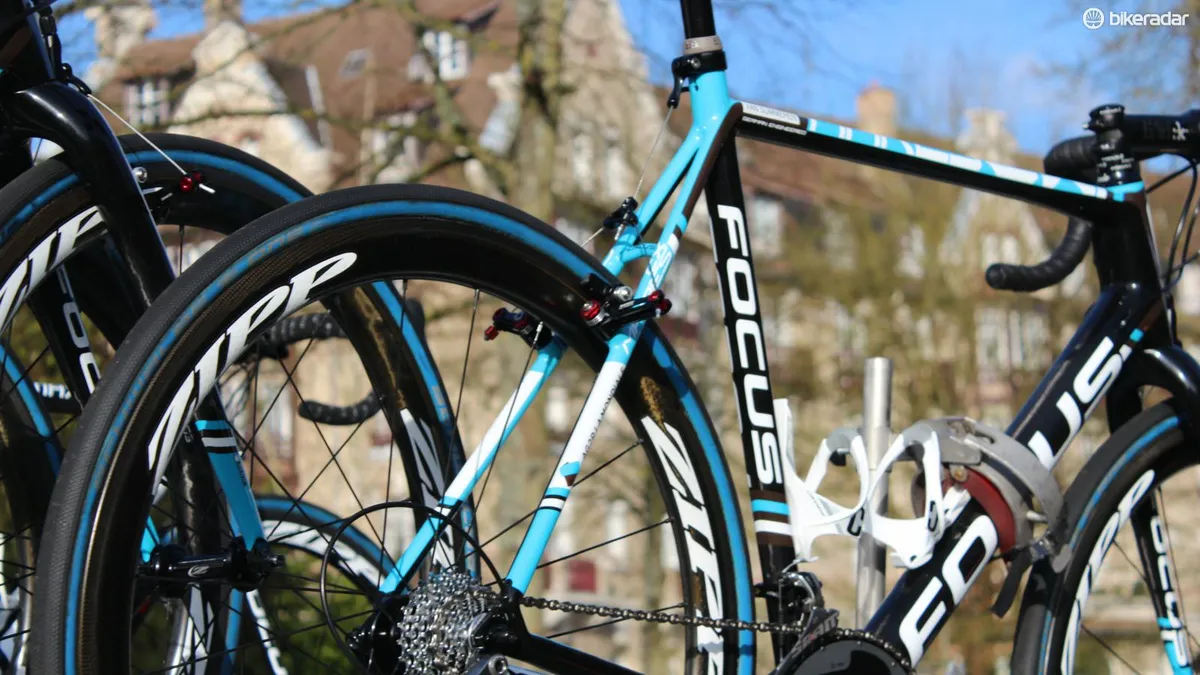
In a bid for more tyre clearance and more grip on the cobbles, some riders have in the past reverted to cyclocross bikes.
In the days before disc brakes on road bikes, the cantilever brakes and wider clearances found on CX bikes were one of the few options allowing chunkier tyres to be used.
Verdict: A fail. Although they added tyre clearance, cyclocross bikes never made the grade at Roubaix.
Endurance bike frames

10 to 15 years ago, Paris-Roubaix was the showcase for bike brands’ endurance road bikes.
Cannondale-sponsored teams would roll out the Synapse in place of the SuperSix and Specialized had its aptly named Roubaix, which saw a number of victories under stars such as Tom Boonen, Peter Sagan and Philippe Gilbert.
Lizzie Deignan won the first Paris-Roubaix Femmes in 2021 on a Trek Domane endurance bike, complete with a 1x drivetrain (more on this below).
Verdict: A success. There have been a string of victories on endurance bikes over the years.
Disc brakes
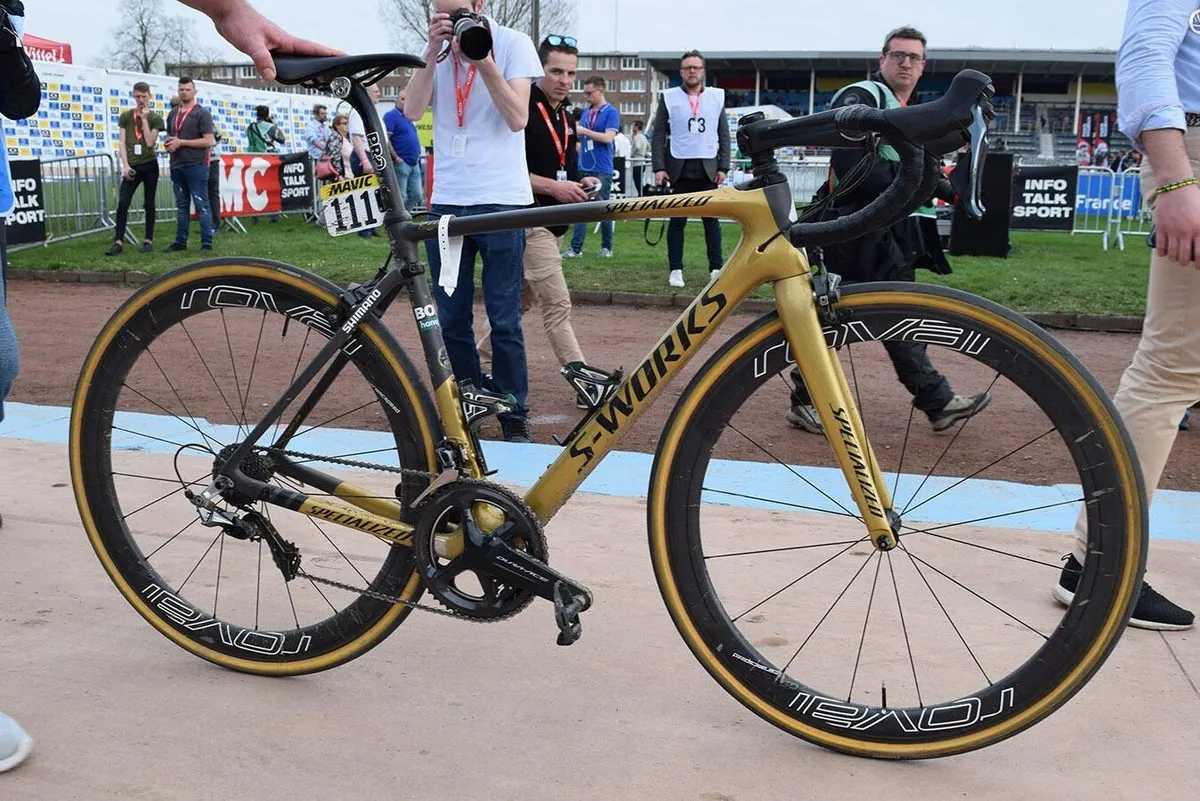
The first win on a disc-brake bike was that of Philippe Gilbert on a Specialized S-Works Roubaix in 2019 and it’s been disc brakes for the win ever since.
Although disc brakes themselves are unlikely to make a significant difference, at least in the dry editions we’ve seen for recent races – with the exception of the muddy 2021 race, which was run in October due to Covid – their placement frees up frame designers to engineer far greater tyre clearances into frames.
Verdict: A success. Disc brakes have taken over for performance bikes and there’s now no weight penalty either.
Wider tyres
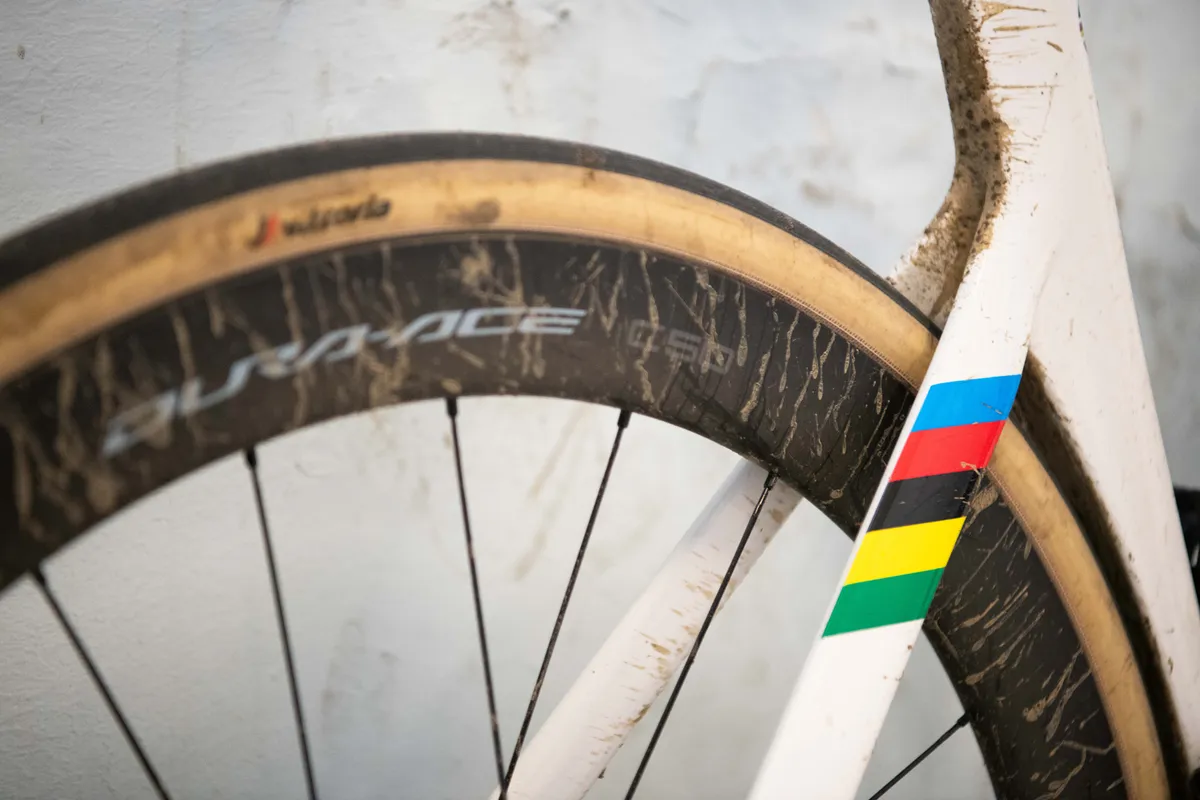
Squeezing big tyres into a rim-brake frame has always been tricky, with 28mm about as wide as they could go, hence the cyclocross bikes seen when rim brakes still ruled. Modern bikes, even aero bikes, now have much wider tyre clearance, though.
Mathieu van der Poel, for example, rode 32mm Vittoria Corsa Pro tyres to the win in 2023 and 2024. That’s up significantly from the 28mm tubulars used when Matthew Hayman won in 2016 and continues the trend towards wider tyres we’ve seen in recent years.
Verdict: A success. The trend for ever-wider tyres continues.
Tubeless tyres
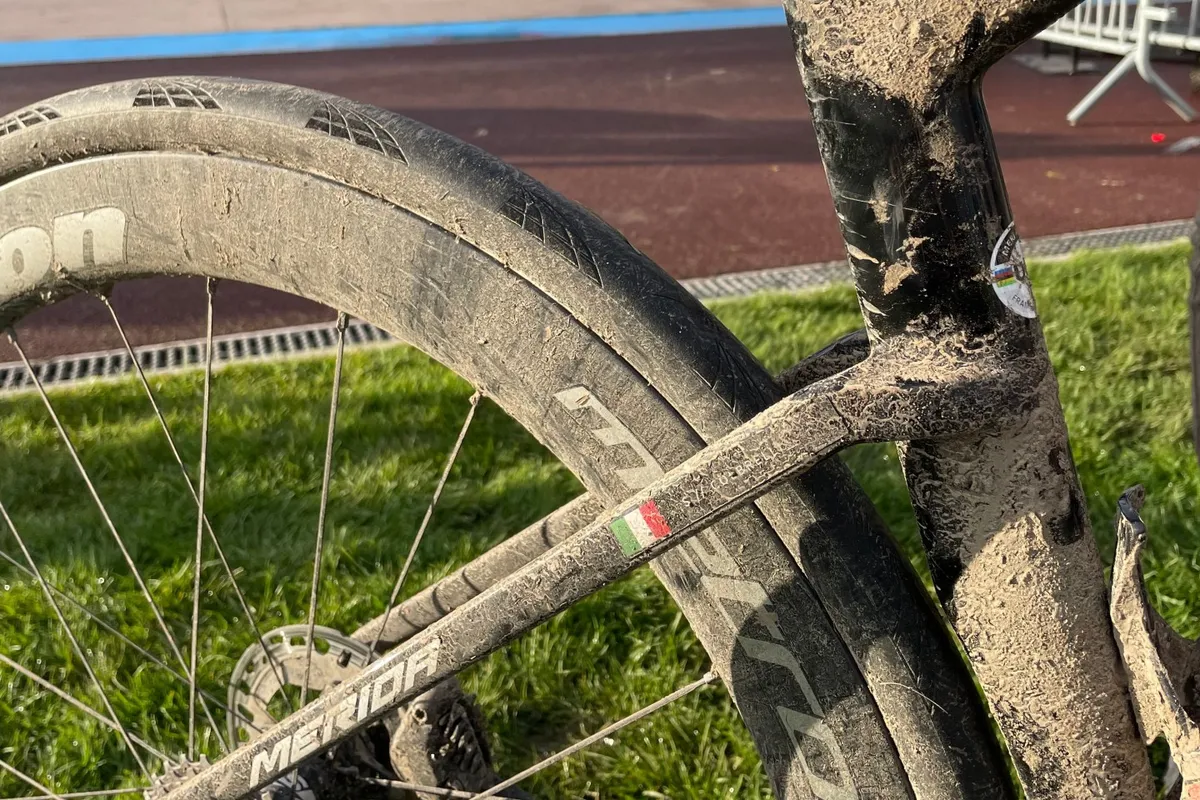
Tubeless tyres came into their own with Sonny Colbrelli’s iconic 2021 Paris-Roubaix win in the rain and mud. The Italian sprinter rode a Merida Reacto aero bike shod with 32mm Continental GP5000 S TR tubeless tyres.
While the lower pressure, avoidance of pinch flats and self-sealing properties of tubeless tyres are advantages at Paris-Roubaix, experiences were mixed to start with.
Tubeless tyres have in the past been blamed for several crashes, for example, with tyres claimed to have dismounted or ‘burped’ air on the cobbles.
Overall, though, almost every team in the pro peloton has switched to tubeless tyres for Roubaix nowadays.
Verdict: A success. Pros have been converted to tubeless tyres, in particular for their lower rolling resistance.
Tyre inserts
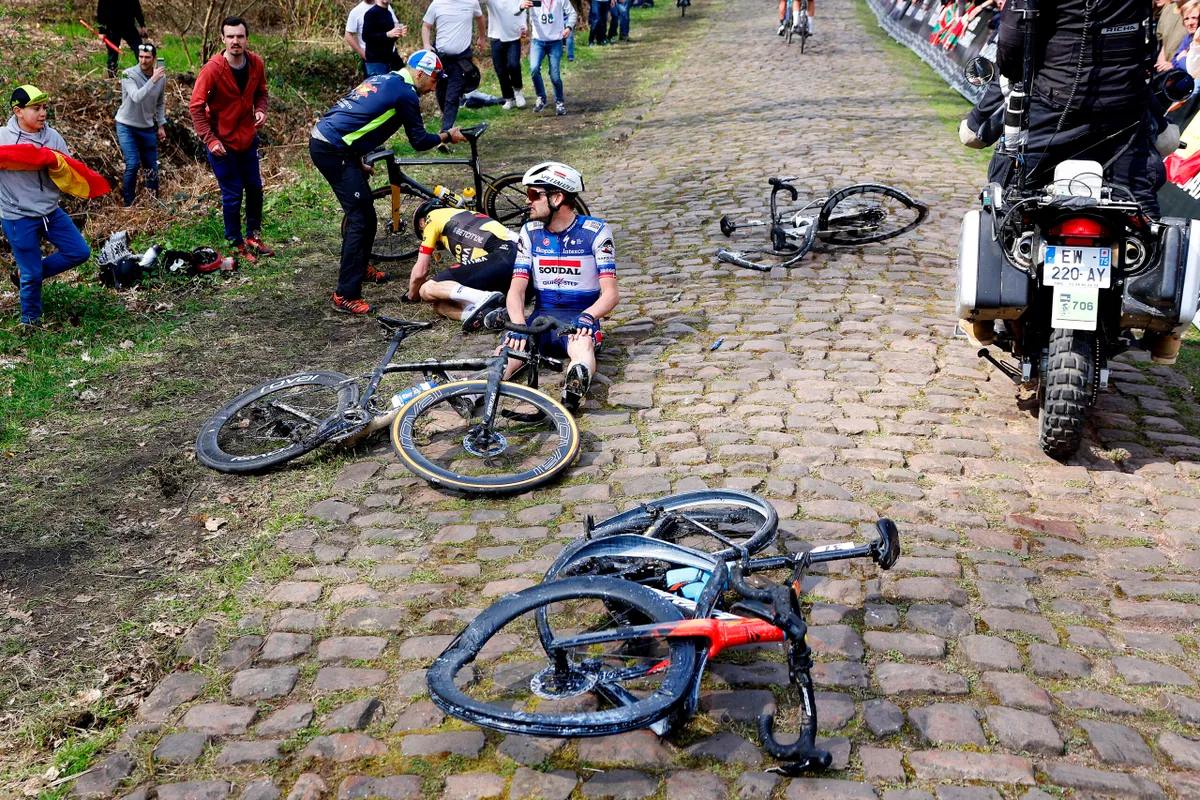
Tyre inserts have been equally contentious, with riders including Luke Rowe claiming their ability to keep a punctured tyre on the rim can help avoid crashes.
On the other hand, they can increase rolling resistance and we’ve seen images of riders having crashed on the cobbles, with both their tyre inserts and their tyres off the rim.
Verdict: Jury’s out. It’s still unclear to what extent tyre inserts help on the cobbles.
Aero bikes and rims
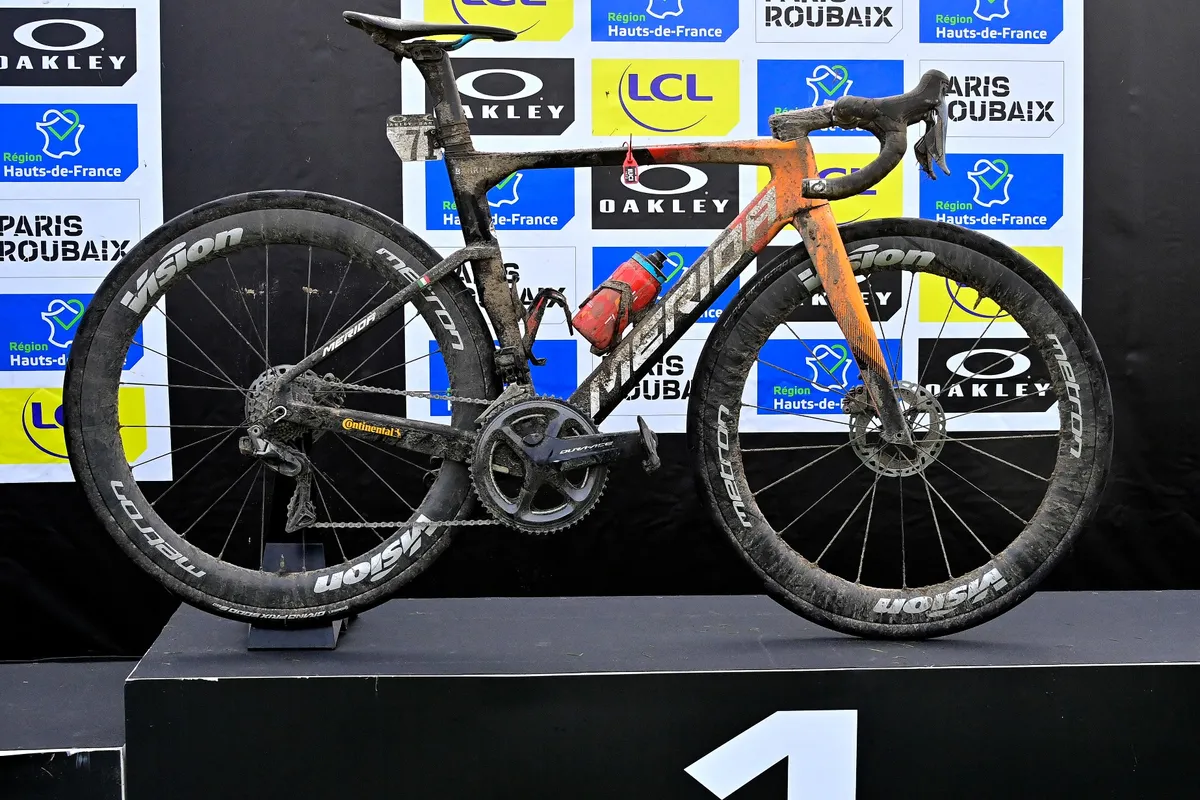
Although the cobbles dominate the race, for the men there are ‘only’ 55.3km of cobbles spread over the 30 secteurs on this year’s 259km parcours. With the rest on tarmac and the route being bumpy rather than boasting longer, steeper climbs, it’s a fast race.
In 2024, Mathieu van der Poel won the race at an average speed of 47.85km/h, the fastest Paris-Roubaix ever. At that speed, aerodynamics are a significant consideration and aero bikes have become the go-to choice.
That started with Matty Hayman’s 2016 win on a Scott Foil aero bike and was repeated when Sonny Colbrelli won in 2019. Van der Poel’s two wins on a Canyon Aeroad have cemented the trend.
Alongside the aero frames have come deeper carbon rims – such as on Zipp’s iconic 303 wheelset – which again bring aero advantages. Not too deep though, as crosswinds can be hazardous during the race’s many exposed sections.
Verdict: A success. The last four editions have been won either on an aero bike or the aero all-rounder Pinarello Dogma.
Tyre pressure control devices

Along with wider tyres comes lower tyre pressures. But even so, the optimal tyre pressure for the cobbles will always be much lower than on the extensive paved sections, so choosing a single tyre pressure for the entire race is always a compromise.
Enter the Gravaa KAPS tyre pressure controller and other such devices. Typically controlled via buttons on the handlebar, the systems use the rider’s momentum to force air into the tyre to re-inflate it between cobbled sections, with this being bled by the rider before entering the next cobbled section.
Tyre pressure controllers have been trialled in previous years by the predecessor teams to both Visma-Lease a Bike and Picnic PostNL, so they’re likely to be in evidence on Sunday too.
Verdict: Jury’s out. There’s yet to be a Roubaix victory on a bike with adjustable tyre pressure.
1x drivetrains

The combination of a fairly flat course and a bumpy surface makes Paris-Roubaix a prime testing ground for 1x drivetrains.
As well as a clutched derailleur and deeper teeth on the chainring, 1x setups can include a chain guide to decrease even further the risk of shipping a chain.
Although the men’s race has yet to be won on 1x, Lizzie Deignan won the 2021 women’s race with only one chainring, as mentioned above. Elisa Longo Borghini repeated the feat in 2022 and Lotte Kopecky in 2024, so three of the four women’s editions have been won using 1x drivetrains.
As always with pro cycling, this is likely an area where sponsor preferences dictate what riders get access to.
All three of the previous winners of the Paris-Roubaix Femmes rode for SRAM-sponsored teams, for example, with the brand a key advocate of 1x on road bikes.
In contrast, Shimano-sponsored teams have dominated the men’s race in the past decade (the last SRAM-sponsored man to win at Roubaix was Niki Terpstra in 2014), and the Japanese giant doesn’t officially support 1x for road bikes yet.
With Mads Pedersen choosing a 1x SRAM Red XPLR AXS gravel groupset for his cobbled race campaign, though, it can only be a matter of time before there’s a win on a 1x bike in the men’s race too.
Verdict: A success. Three out of four in the women’s race and bubbling under for the men.
